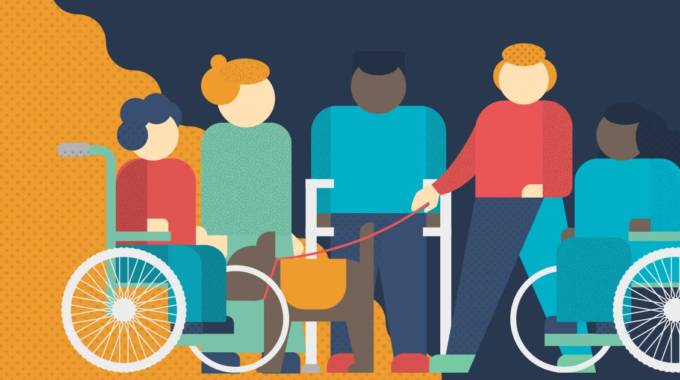
The Sunday Mail

Dr Christine Peta
Disability Issues
TODAY, Zimbabwe joins the rest of the world in celebrating Children’s Day, which is running under the theme “Inclusion, for every child”.
The United Nations General Assembly-declared day is observed on November 20 every year to promote international togetherness, as well as awareness, among children worldwide and improve children’s welfare.
The day offers each one of us an inspirational entry point to advocate, promote and celebrate children’s rights as we build a better world for the youngsters.
In this article, I, therefore, focus on the importance of teaching our children the subject of disability and inclusion.
Children should not pretend that differences do not exist. They must be taught to identify differences, embrace them and positively live with them.
Contemporary research has indicated that children with disabilities are at an increased risk of experiencing bullying and harassment on the basis of their conditions.
We, therefore, need to teach our children that intentionally hurting other children, for example, on the basis of disability, is wrong. We should stress to them that they must apologise when they hurt others. It is never too early to start teaching our children about differences.
Picture books that include representations of people who look different and similar to them can help. Children who are as young as two may be able to point out physical differences with other children.
When that happens, we need to follow the curiosity of our children, taking care not to shame but to help them make sense of it all.
We need to “normalise” the difference and talk about what is similar between our children and the person with disabilities that they are observing for the first time and who appears different to them. For instance, if you see your child staring at someone with disabilities, take the lead and provide a short explanation without being emotional. Show your child that the person with disabilities has nothing to be ashamed of.
If you see a child with muscular dystrophy who is using a wheelchair, you can say to your child: “I see you looking at that child who is using a wheelchair, and you might be wondering why he needs it. Some people’s muscles work a little differently, and his wheelchair helps him to move around, just like your legs help you to move around.”
Instead of using negative statements such as “he cannot walk”, keep your explanations positive like “wheelchairs help others to move around”.
Also teach your child to respect the assistive devices of people with disabilities such as wheelchairs and white canes. This will enable your child to understand that such devices are for crucial purposes and are not toys.
The benefits of teaching our children about disability and inclusion are as follows:
We protect vulnerable children, including children with disabilities, from bullying and harassment both in homes and in learning institutions.
We build empathy and emotional intelligence among our children from an early age.
We help children to understand and live with differences in a positive manner.
We reduce the negative effects of biases, because, just like adults, children also have their own biases.
We help our children to develop values and skills which they will carry into adulthood.
We help our children to understand that all people (disabled and non-disabled) have their own strengths and weaknesses.
We promote inclusivity in society, as our children gain an understanding of human diversity and their role in it.
Both children who bully and harass others and those who are bullied and harassed may have serious lasting problems in life. Parents must, therefore, be alert to any signs of bullying or harassment all the time, and must:
Be supportive of children with disabilities and encourage them to describe the persons who are involved in the harassment or bullying and where and how it happened.
Tell the child with disabilities that it is not their fault and that nobody deserves to be harassed or bullied.
Do not encourage the child with disabilities to fight back as this may worsen the problem.
Ask children with disabilities specific questions about their friendships, because the children may believe that they have new friends, when in fact the new “friends” are making fun of them.
Ensure that if harassment or bullying occurs in school, immediately talk to the teacher about it, as he or she may be able to address the problem.
Contact the district office of the Ministry of Public Service, Labour and Social Welfare, which has an office that is dedicated to, among other things, addressing child protection issues that include the protection of children with disabilities in all districts in the country.
If we teach our children from an early age to share and accept each other’s differences, including bodily differences, we build an inclusive society that, among other things, protects children with disabilities from bullying and harassment in homes, schools and other spheres of life, as well as promote empathy and kindness among our children, who will later on transition into adulthood with the same values.
We all need to create and sustain an environment where all our children feel included and valued – “Inclusion, for every child”.
Dr Christine Peta is a disability, policy, international development and research expert, who is the national director of Disability Affairs in Zimbabwe. She can be contacted on: [email protected]



